And they still support the trees...
hortster
10 years ago
Featured Answer
Comments (17)
calliope
10 years agoDzitmoidonc
10 years agoRelated Professionals
East Patchogue Landscape Architects & Landscape Designers · Surprise Landscape Contractors · Berkley Landscape Contractors · Brownsville Landscape Contractors · Lantana Landscape Contractors · Munster Landscape Contractors · West Palm Beach Landscape Contractors · Eau Claire Siding & Exteriors · Malden Siding & Exteriors · Aventura Decks, Patios & Outdoor Enclosures · Framingham Decks, Patios & Outdoor Enclosures · Green Bay Decks, Patios & Outdoor Enclosures · Palo Alto Decks, Patios & Outdoor Enclosures · Finneytown Stone, Pavers & Concrete · Rolling Meadows Stone, Pavers & Concreteken_adrian Adrian MI cold Z5
10 years agobengz6westmd
10 years agohortster
10 years agoToronado3800 Zone 6 St Louis
10 years agobengz6westmd
10 years agosam_md
10 years agowhaas_5a
10 years agopoaky1
10 years agosam_md
7 years agoMike McGarvey
7 years agopoaky1
7 years agopoaky1
7 years agoMike McGarvey
7 years agopoaky1
7 years ago
Related Stories

LANDSCAPE DESIGNSmall Garden? You Can Still Do Bamboo
Forget luck. Having bamboo that thrives on a wee plot just takes planning, picking the right variety, and keeping runners in check
Full Story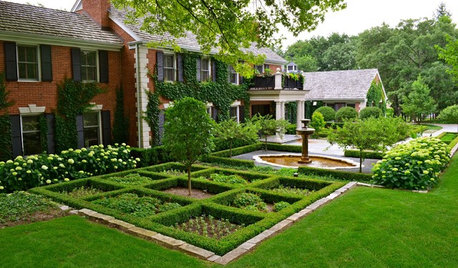
GARDENING GUIDESBoxwood: Still Shape-Shifting After 350 Years
Wild or mild, the humble boxwood still brings style and order to all kinds of gardens
Full Story
SELLING YOUR HOUSESave Money on Home Staging and Still Sell Faster
Spend only where it matters on home staging to keep money in your pocket and buyers lined up
Full Story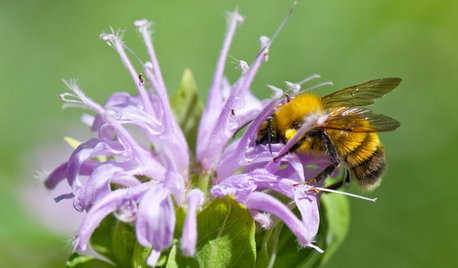
GARDENING GUIDESSupport Bumblebees by Providing Forage in 3 Seasons
Bumblebees are fascinating and fun to observe foraging in gardens. Find out how to create a buffet for these fuzzy, charismatic bees
Full Story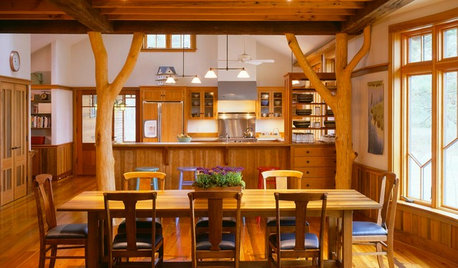
KITCHEN DESIGNOpening the Kitchen? Make the Most of That Support Post
Use a post to add architectural interest, create a focal point or just give your open kitchen some structure
Full Story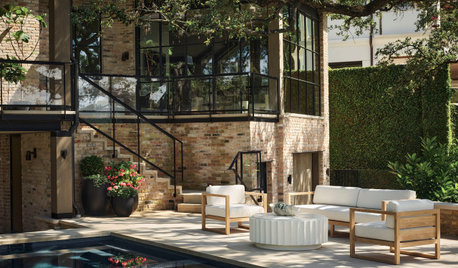
LANDSCAPE DESIGNWhile It’s Still Hot Outside, Design a Landscape for Cooling
Summer is a good time to plan for a yard that will bring temperatures down
Full Story
DECORATING GUIDESDecorating for Fall When It Still Feels Like Summer
Even if sandals and shorts are your year-round attire, you can still subtly dress your home for autumn
Full Story
KITCHEN COUNTERTOPSKitchen Counters: Granite, Still a Go-to Surface Choice
Every slab of this natural stone is one of a kind — but there are things to watch for while you're admiring its unique beauty
Full Story
REMODELING GUIDESHome Styles: Why Postmodernism Still Matters
Playful mix of history and irony helped pave the way for today's headline-making buildings
Full Story





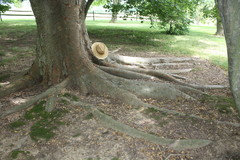




poaky1